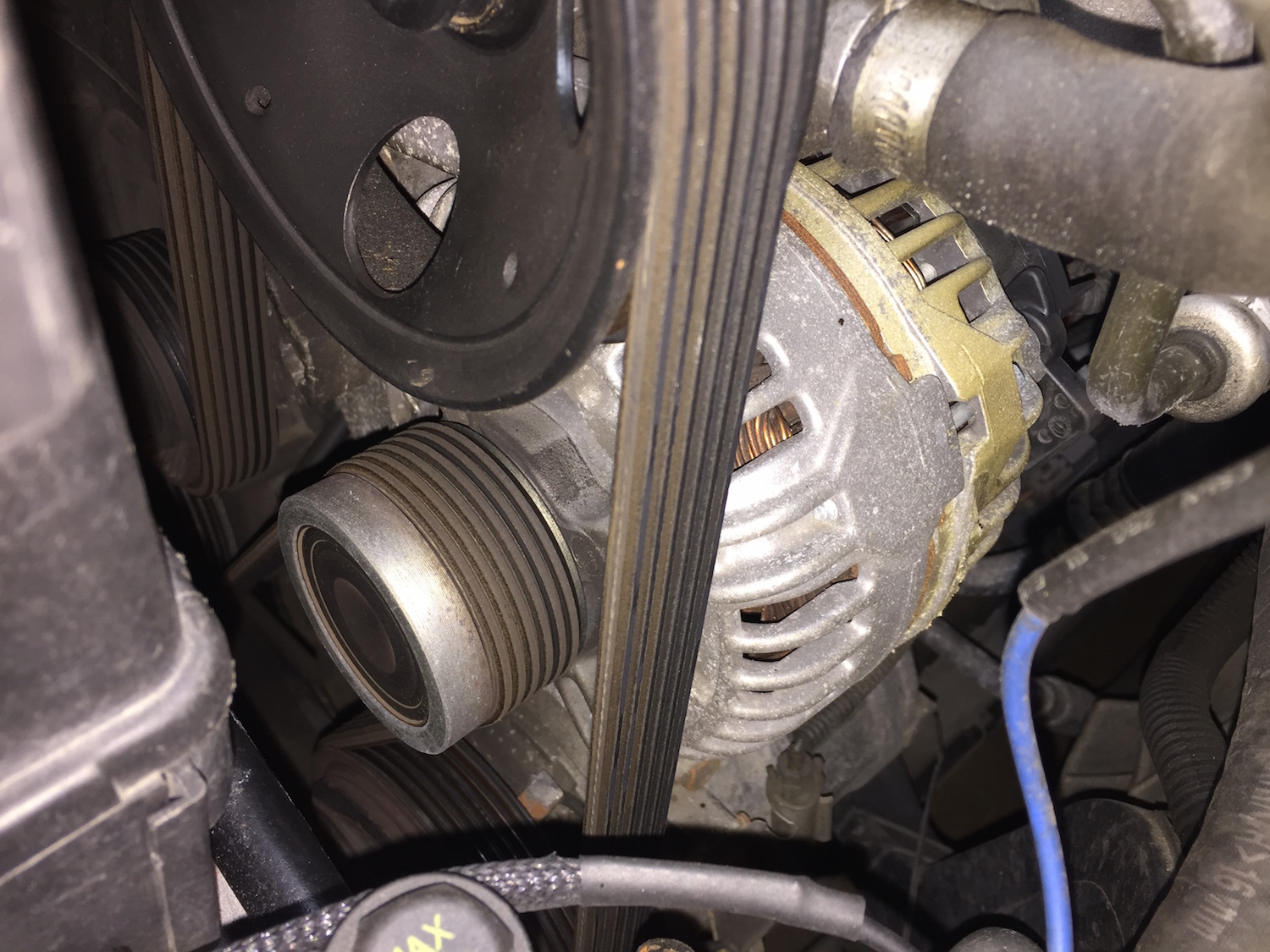- 01/05/2016
- 1 Min Read
- By: Alex Fiehl
Two Important Details That Make Alternators Unique
Whether buying a new or secondhand alternator, there are two important details worth researching to better understand what you'll be getting. An alternator's primary function is to provide a steady flow of electricity to the vehicle while running, as well as keep the battery topped up on its charge. Think of it as a generator powered by your vehicle's engine. How this power is delivered to the alternator, as well as the alternator's output can vary between models.
Amperage
Alternator amperage defines how much current the alternator can output. a 120 amp (120A) alternator therefore will be "stronger" than a 90A alternator, and can support more accessories.
Different trim levels and powertrain options often define the output of an alternator used in a vehicle. The physical size of the alternators may remain the same, but a towing package or upgraded sound system may warrant the use of an alternator with beefier internals, upping the amperage of that unit. When replacing an alternator make sure to look at the sticker or tag, often found on the rear of the unit.
Pulley Type
To get the alternator spinning, the serpentine belt is tensioned on to the alternator's pulley. These pulleys come in two variants: fixed, and freewheeling. A fixed pulley is the tried-and-true method, while freewheeling pulleys are relatively new in the last 15-20 years.
Also called an "Overrunning alternator pulley," the freewheeling OAP serves a few unique purposes to extend the life of a vehicle's alternator. Knowing what this pulley is can save you money by giving you the knowledge to test a used pulley in the junkyard, or purchase a replacement if it has failed, but the rest of the alternator is fine.
Identifying an alternator equipped with an OAP is easy - just look for the black plastic cap on the outside of the pulley. These pulleys are typically thicker, too, and made of aluminum.
 Volvo Alternator
Volvo Alternator
Alternators contain heavy, spinning magnets. Their high inertia means they are not easy to get moving, or slow down. Especially in a manual transmission vehicle, an engine can lose RPM quickly during shifts, so what's the best way to deal with this quick change in speed? The alternator will always want to continue rotating, even if the engine drops RPM abruptly. In this situation, an OAP will freewheel much like a bicycle when the rider stops pedaling. The alternator will spin (the bicycle's wheels) but the pulley can spin slower or stop (feet on pedals) whenever it wants, allowing the alternator to gradually decelerate.
An OAP is also a failure point. If the pulley does not freewheel at all in either direction, if freewheeling action is "gritty," or if it freewheels in the direction of the serpentine belt's rotation (a no-charge state), seek replacement.
 OAP
OAP











